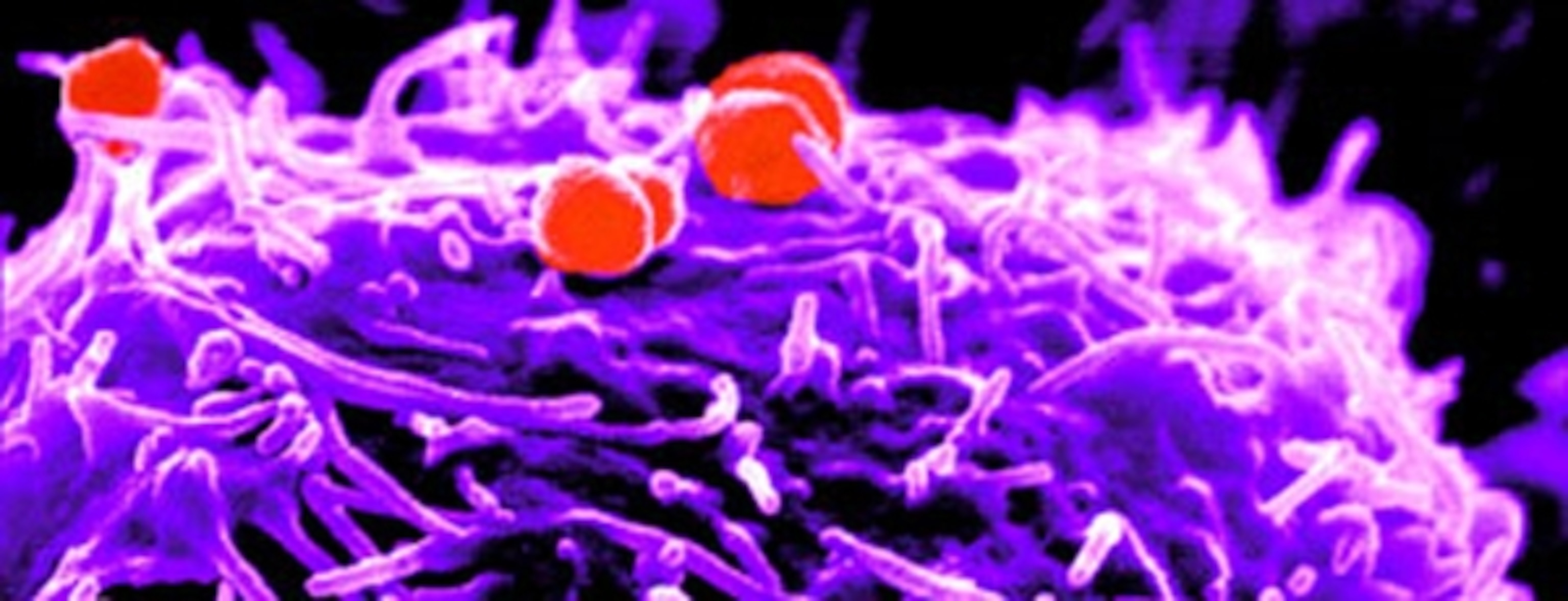
Gonorrhea has picked up human DNA (and that’s just the beginning)
Millions of people pick up gonorrhea every year, but the bacteria that cause the disease (Neisseria gonorrheae) have picked up something in return. They carry a little bit of human DNA within their genomes. It seems that the microbe behind the clap is partly human.
(Antibiotics Can’t Cure ‘Super-Gonorrhea’—Here's What That Means)
The human side of N.gonorrheae is a ‘LINE-1 (L1) sequence’ – a short piece of DNA that can copy and paste itself into new locations in the human genome. It has no obvious function beyond making more copies of itself, but it is very good at that. There are around half a million L1 sequences in the human genome and together, they make up a fifth of our DNA. And one of these sequences managed to hop into N.gonorrheae.
